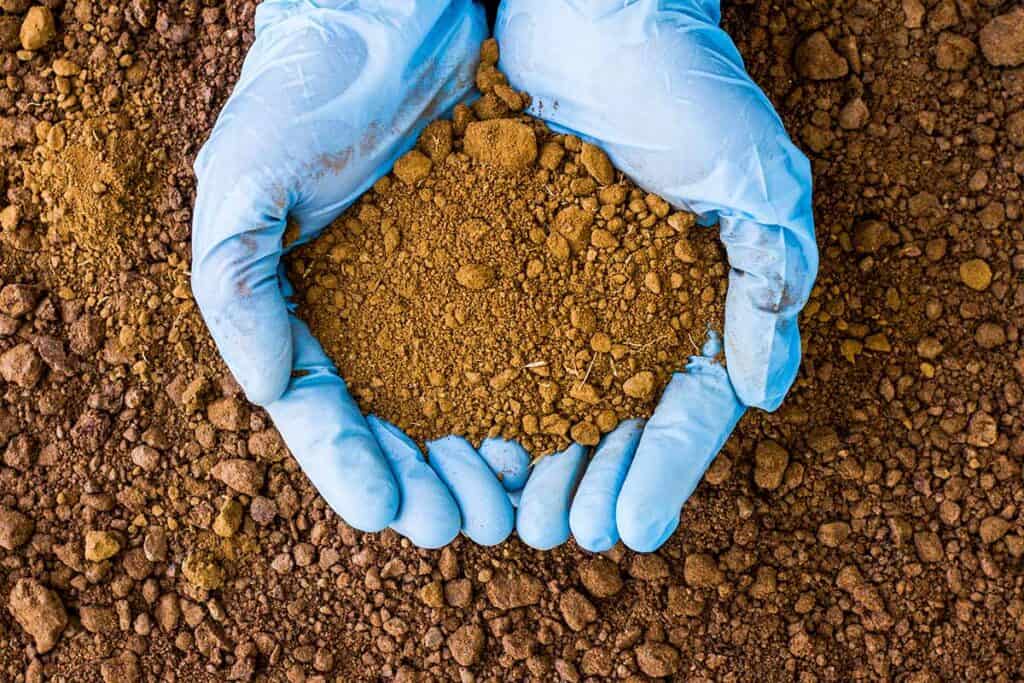 Union Pacific inherited the site in 1997 after its merger with Southern Pacific Transportation Company (Southern Pacific Railroad)
Union Pacific inherited the site in 1997 after its merger with Southern Pacific Transportation Company (Southern Pacific Railroad)
Since then and over the past 30 years, Union Pacific has conducted investigative and cleanup work under the oversight and approval of the Texas Commission on Environmental Quality (TCEQ) to address the historic groundwater and soil contamination and to prevent exposure pathways including:
- More than 11,000 tons or 22 million pounds of creosote-impacted soil was consolidated onsite and an engineered cap was built to prevent exposure,
- Capping additional areas of creosote-impacted soils with an engineered barrier consisting of concrete, asphalt, and other materials to prevent exposure to the creosote-impacted soil,
- Conducted significant and widespread sampling of over 120 groundwater monitoring wells within the site and outside the property beneath the Greater Fifth Ward area,
- Implemented a removal program to pump creosote from monitoring wells where it is encountered.
Union Pacific recognizes the importance of continuing our monitoring and remediation efforts at the site to protect residents from potential exposure or environmental impacts in the future. Soil samples collected near the residential properties in the vicinity did not identify contamination above state standards. Since the City of Houston provides residential water to the area, impacted groundwater does not pose a risk to residents. Following EPA guidance, Union Pacific also conducted extensive soil gas and groundwater sampling off-site that demonstrated there is no vapor intrusion risk.
Union Pacific recognizes the importance of our monitoring and remediation efforts and is requesting permit renewal from the TCEQ to continue our work.

No Creosote Exposure Pathways
Union Pacific retained scientists, engineers and environmental experts to regularly conduct environmental studies and risk assessments following Texas Commission on Environmental Quality (TCEQ) and EPA guidance since inheriting the location. These rigorous investigations, and the ongoing monitoring and testing demonstrate there is no environmental risk to the public from the impacted soil or groundwater. Click here to review the studies and investigative findings.
About the 2019 Cancer Cluster Study
Union Pacific Railroad understands and empathizes with the community’s health and environmental concerns.
The area also includes an industrial complex containing about 200 TCEQ-regulated cleanup sites and two superfund project. The former Houston Wood Preserving Works site represents 33 acres, or less than .4 percent of the total cancer-cluster territory.

The site is .4% of the studied region
Historical Timeline


1979
Southern Pacific Railroad, which owned and operated the facility, built a clay-lined surface waste impoundment located on the southwest end of the site to store creosote-containing soil, tank bottoms, and debris from the inactive wastewater lagoon.